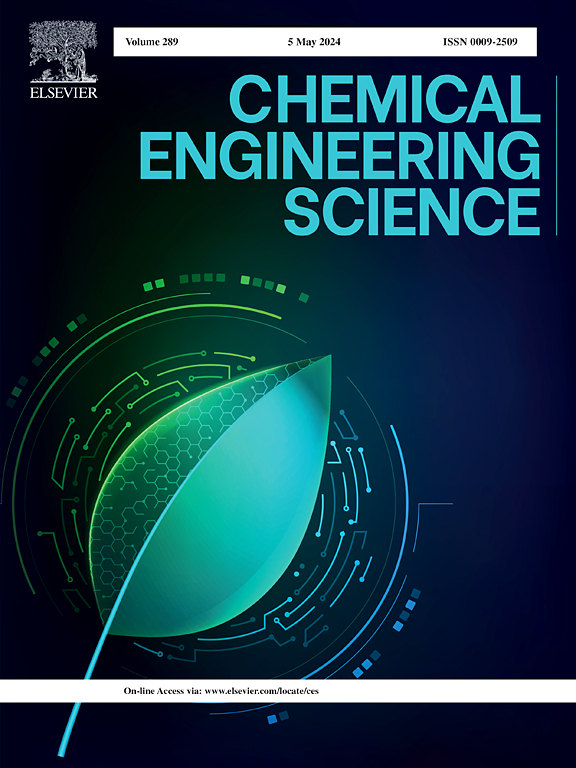加压溶解中进水性质对微泡大小的影响
IF 4.1
2区 工程技术
Q2 ENGINEERING, CHEMICAL
引用次数: 0
摘要
微泡由于尺寸较小,具有独特的物理化学性质,可以提高各种工业应用的性能和效率。加压溶解法由于能够产生高浓度的小气泡而被广泛应用于微泡的产生。许多工业过程在不同的温度和pH条件下使用微泡来优化工艺性能。然而,这些参数对微泡尺寸的影响尚未得到系统的研究。本研究全面考察了排气压降、温度和pH对加压溶解法产生的微泡大小的影响。采用相位多普勒风速测量(PDA)系统对微泡进行表征。我们发现归一化算术平均直径(d10*)与归一化排放压降(ΔP*)遵循幂律关系。幂律指数受温度和pH值的影响。建立了多元线性回归模型,建立了幂律指数与这些因素之间的显著相关性,这些因素对微泡大小有显著影响。模型显示,幂律指数与温度和ph均呈负相关。此外,归一化的Sauter平均直径(d32*)也与ΔP*呈幂律关系。然而,d32的幂律指数始终小于相应的算术平均直径幂律指数,因为d32的权重很大程度上是由更大的气泡大小决定的。这些发现为控制微泡的大小提供了有价值的见解,这可能会提高在不同温度和pH条件下运行的行业的工艺性能和效率。本文章由计算机程序翻译,如有差异,请以英文原文为准。
Influence of Influent Properties on Microbubble Size in Pressurized Dissolution-Based Generation Methods
Microbubbles, due to their smaller size, possess distinctive physicochemical properties that enhance performance and efficiency across various industrial applications. The pressurized dissolution method is widely used for microbubble generation due to its ability to produce high concentrations of small bubbles. Many industrial processes use microbubbles under varying temperature and pH conditions to optimize process performance. However, the effects of these parameters on the size of microbubbles have not been systematically studied. This study comprehensively investigates the influence of discharge pressure drop, temperature, and pH on the size of microbubbles generated by the pressurized dissolution method. A phase Doppler anemometry (PDA) system was used for microbubble characterization. We found that the normalized arithmetic mean diameter (d10*) follows a power-law relationship with normalized discharge pressure drop (ΔP*). The power law index is influenced by temperature and pH levels. A multilinear regression model was developed to establish a significant correlation between the power law index and these factors, which notably affect microbubble size. The model revealed negative correlations between the power law index and both temperature and pH. Furthermore, the normalized Sauter mean diameter (d32*) also follows a power law relationship with ΔP*. However, the power law index for d32 is consistently smaller than the corresponding power law index for the arithmetic mean diameter as d32 is largely weighted by the larger size of bubbles. These findings provide valuable insights into controlling the size of microbubbles, which potentially enhance process performance and efficiency across industries operating under various temperature and pH conditions.
求助全文
通过发布文献求助,成功后即可免费获取论文全文。
去求助
来源期刊

Chemical Engineering Science
工程技术-工程:化工
CiteScore
7.50
自引率
8.50%
发文量
1025
审稿时长
50 days
期刊介绍:
Chemical engineering enables the transformation of natural resources and energy into useful products for society. It draws on and applies natural sciences, mathematics and economics, and has developed fundamental engineering science that underpins the discipline.
Chemical Engineering Science (CES) has been publishing papers on the fundamentals of chemical engineering since 1951. CES is the platform where the most significant advances in the discipline have ever since been published. Chemical Engineering Science has accompanied and sustained chemical engineering through its development into the vibrant and broad scientific discipline it is today.
 求助内容:
求助内容: 应助结果提醒方式:
应助结果提醒方式:


